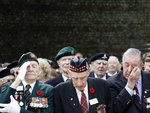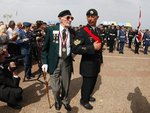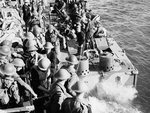michaelmaltby
Colonel
"... The brutality of Aug. 19, 1942 is contrasted by the kindness bestowed upon the raid since, namely its designation as "a rehearsal" for D-Day. The lessons supposedly learned from the disastrous attack are easily refuted, yet are routinely used as justification for the raid. On this subject West was particularly succinct: "Since the time of the Roman legions, it's been known that there is no possibility of dislodging a well-entrenched enemy without superior fire power. I don't know of any lessons we learned at Dieppe....."
WW1: Dieppe was a battle doomed to fail for all the wrong reasons | Full Comment | National Post
Proud Canadian
WW1: Dieppe was a battle doomed to fail for all the wrong reasons | Full Comment | National Post
Proud Canadian



